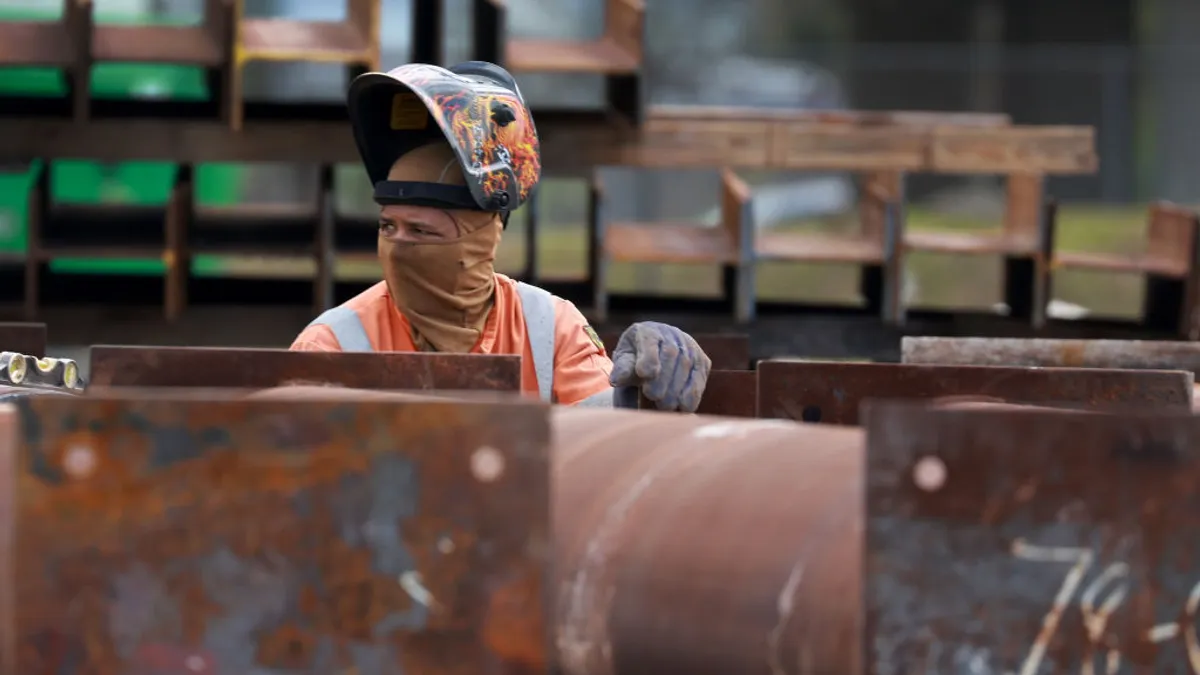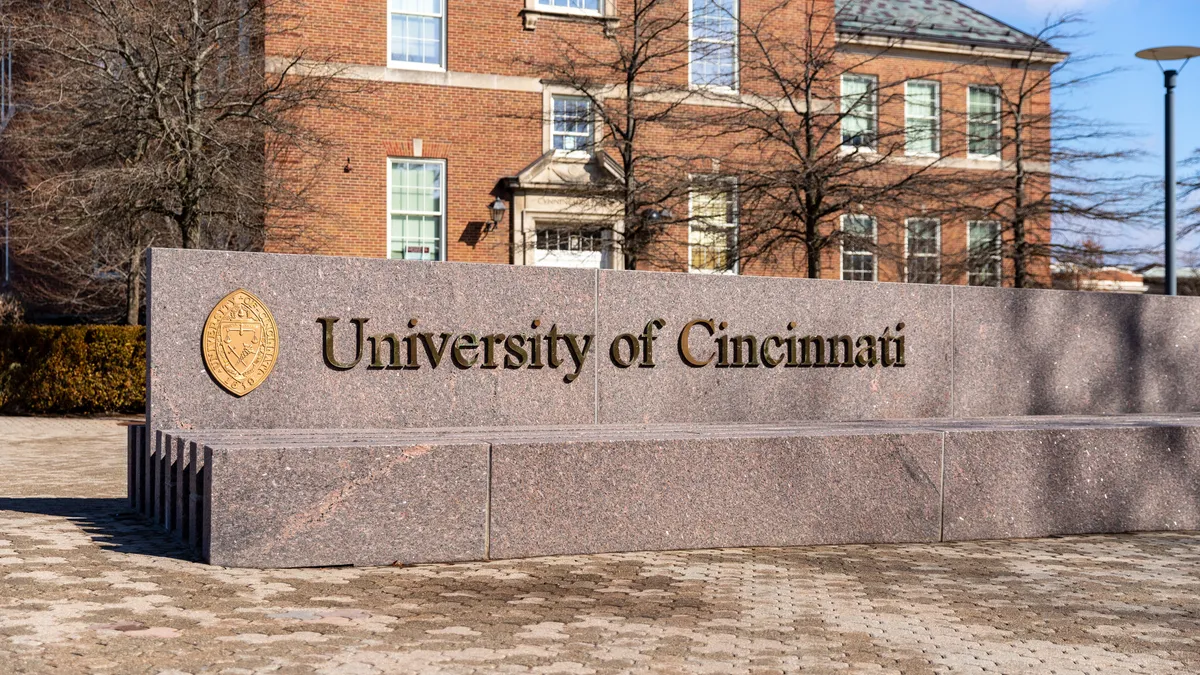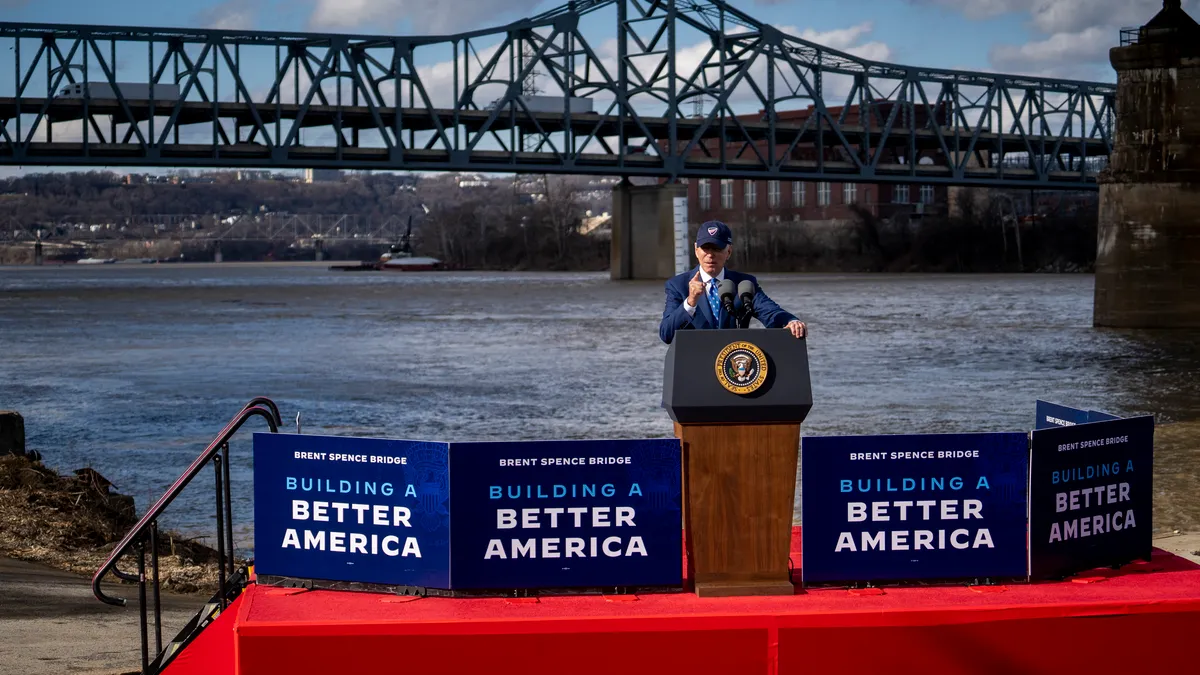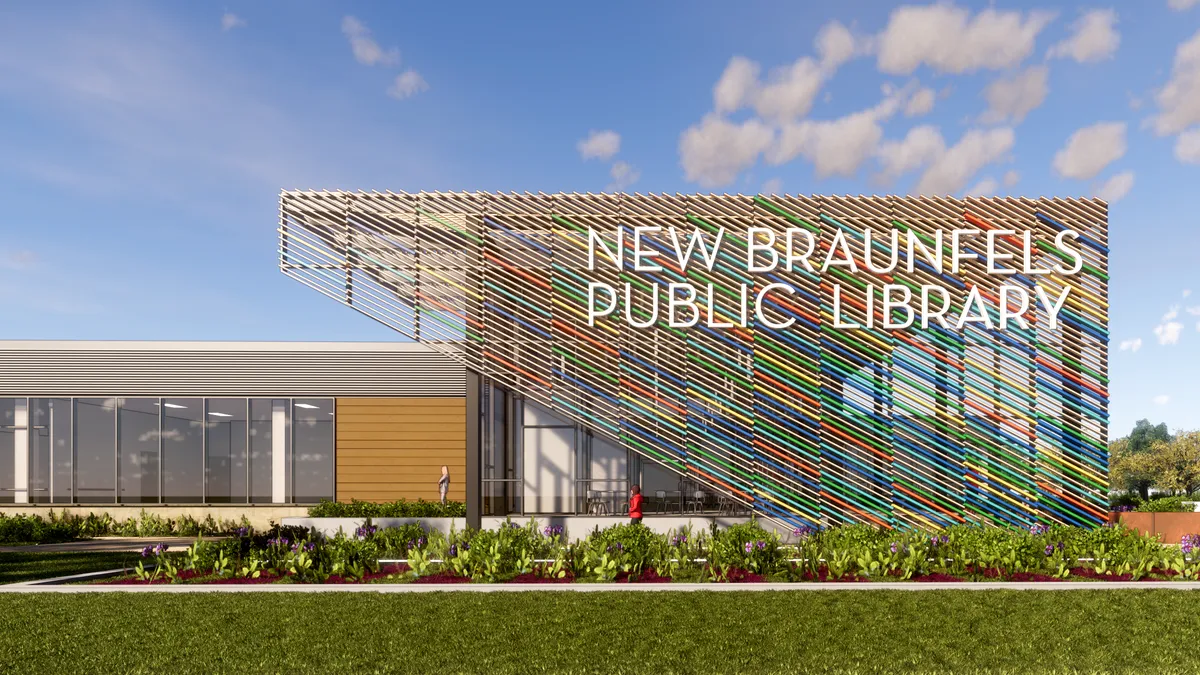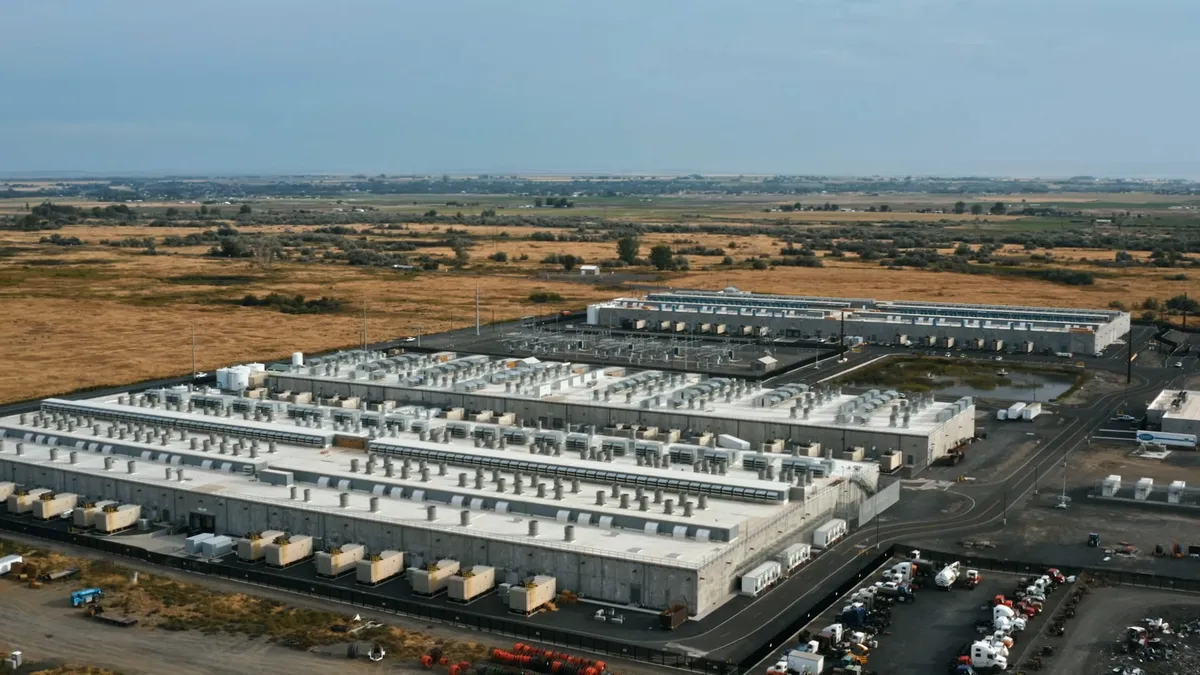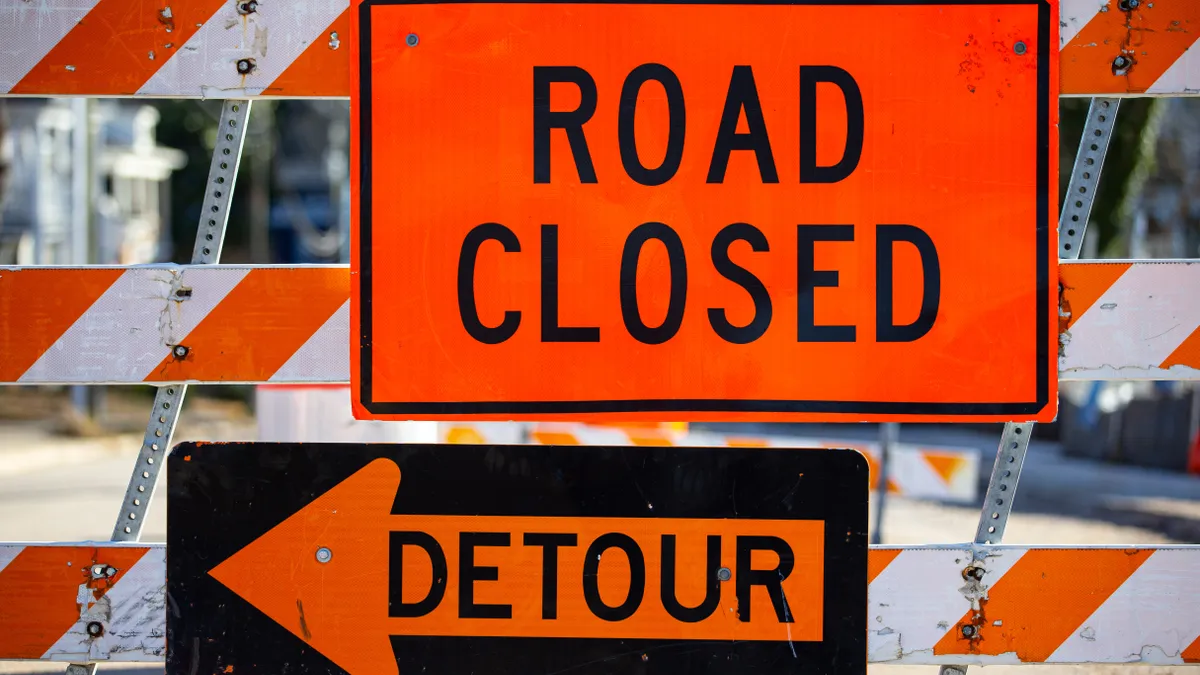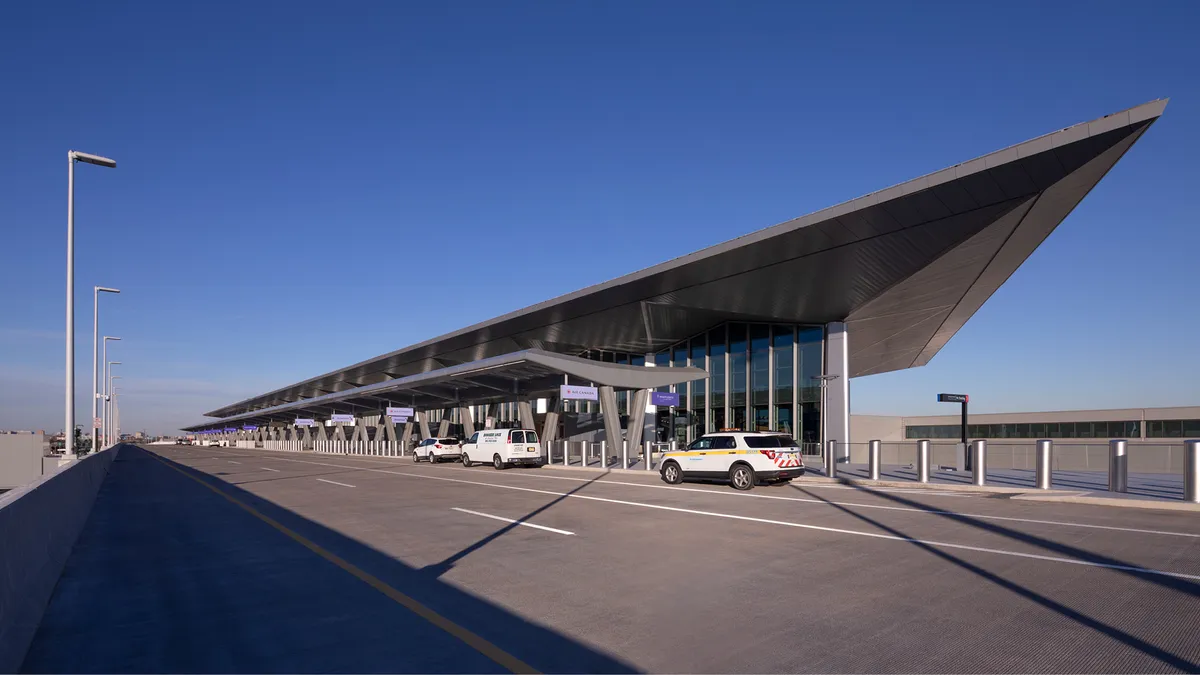The American Society of Civil Engineers gave U.S. infrastructure a "D+" on its 2017 Infrastructure Report Card, and estimated that $4.59 trillion will be needed by 2025 for the country’s “poor/at risk” roads, bridges and other structures. So it may be no surprise that the central message of the annual Infrastructure Week, May 14 through 21, highlights an urgent need for improvement in U.S. infrastructure nationwide: “Americans are waiting. The future won’t. It’s #TimeToBuild.”
But various stakeholders and observers are responding with mixed responses to this call to action from the nonprofit organization Infrastructure Week, which claims to promote bipartisan dialogue on the country’s infrastructure challenges. Here’s a roundup of reactions from leaders across industries.
AECOM: “America’s Infrastructure Future Hinges on New Partnerships”
AECOM chairman and CEO Michael S. Burke said on a statement on the firm’s website that Congress’ failure to put forward long-term solutions is burdening local jurisdictions, which are now scrambling to find alternative approaches to funding their infrastructure. Public-private partnerships (P3s) and the formation of regional authorities could be key to reducing the multi-trillion-dollar infrastructure gap, he wrote. Burke also proposes leasing government-owned assets such as airports to private companies as a source of revenue for infrastructure development.
Business Roundtable: “Making American infrastructure great again”
A new report from Business Roundtable, an organization representing CEOs of U.S. companies, notes that the country’s historic success with infrastructure was built on pillars that have since eroded – public financing hasn’t kept up with economic growth, private investment is being passed over for better returns elsewhere and regulations are now so complex that opponents have ample opportunity to stall projects. The report entreats lawmakers to create balanced regulatory policies that increase predictability and infrastructure policies that incentivize private investment and public-private collaboration.
U.S. Chamber of Commerce: “Time To Build”
The same infrastructure that was once “the envy of the world” has been left in the dust, even as the American economy has made huge strides, wrote U.S. Chamber of Commerce president and CEO Thomas J. Donohue. Few policy measures have the potential to improve the economy as much as infrastructure overhaul, he argued. Likewise, the Council of Economic Advisers (CEA) predicted that $100 billion in new public infrastructure would raise gross domestic product each year by $12.9 billion. Donohue doesn’t expect an infrastructure bill to pass during this midterm election year, but calls on Congress to reach a consensus on the Federal Aviation Administration Reauthorization Bill to would fund airports, and the Water Resources Development Act to fund flood protection and hydroelectric structures.
National League of Cities: “Rebuilding America’s Infrastructure Starts with a Skilled Workforce”
Mark Stodola, mayor of Little Rock, Arkansas, and president of the National League of Cities, notes that great infrastructure policy is about more than safety and structural integrity – it positions middle-skills workers, who comprise roughly 48% of the U.S. workforce, for success. Speaking on behalf of city leaders at an Infrastructure Week event, Stodola called for Congress to pass legislation that will ensure a pipeline of workers for much-needed infrastructure improvements.
National Association of Manufacturers: “The United States Needs Infrastructure Investment Now More Than Ever”
Infrastructure Week’s message is well-aligned with the Trump administration’s infrastructure plans, according to David Seaton, CEO of engineering and construction firm Fluor Corp. and vice chair of the National Association of Manufacturers. He lauds the proposed infrastructure bill for its incentivization of private sector participation and local buy-in through P3s. Contractors would stand to benefit from the bill’s “one agency, one decision” provision, he says, which could streamline the environmental permitting process.
American Enterprise Institute: Under-investment is not the real problem
It’s a myth that the nation’s infrastructure is “crumbling,” according to Jonah Goldberg, who holds the Asness Chair in applied liberty at the institute and is senior editor of National Review. Goldberg said that the term is a cliche that is one of America’s most enduring across party lines, but it’s one that is simply not true. “Of course some American infrastructure could use updating,” he wrote in February. “The problem, however, isn’t under-investment. In 2014, according to the Congressional Budget Office, federal, state, and local governments spent $416 billion on infrastructure. The real problem is that we don’t spend money on the right problems.”
He argued that the Trump administration’s position on infrastructure should focus on some of its goals rather than others, such as “streamlining the approval process for public works and improving incentives to come in under budget,” as opposed to “[leaving] it to Congress to figure out how to de-boondoggle-ize infrastructure projects.”






